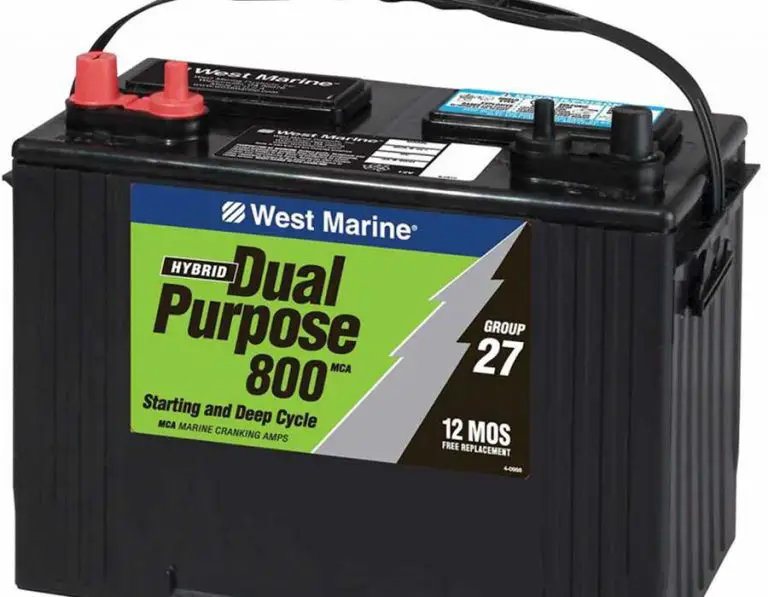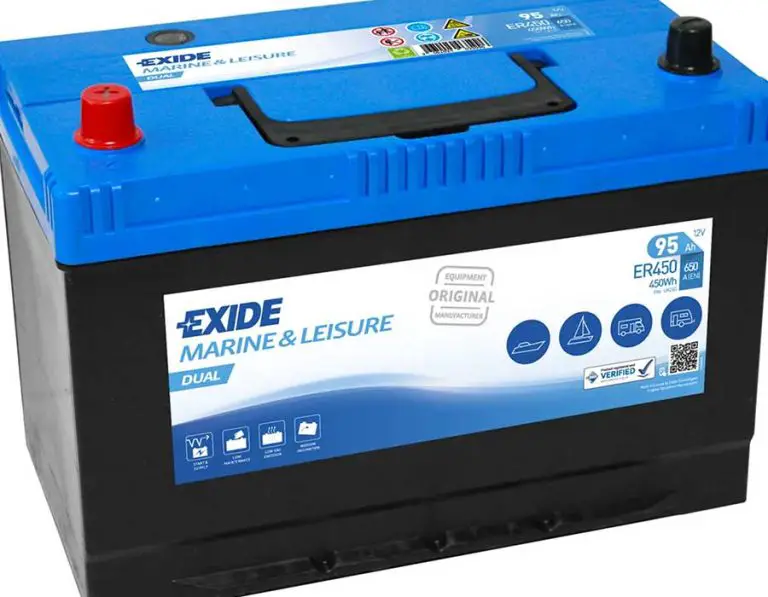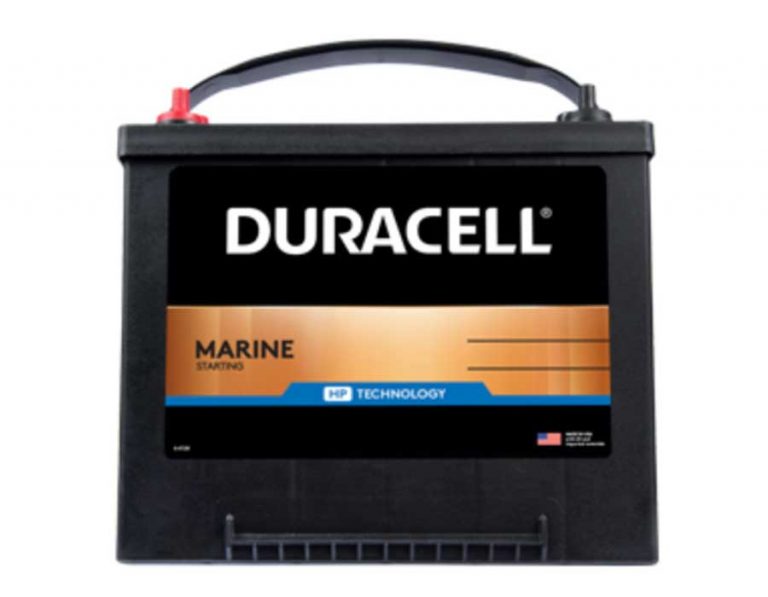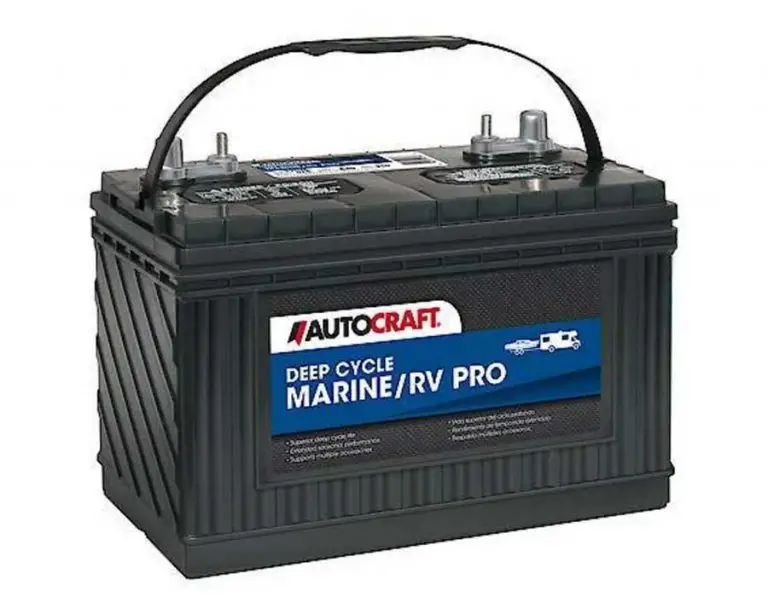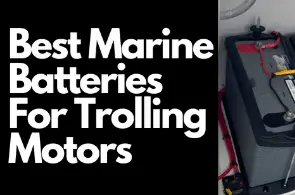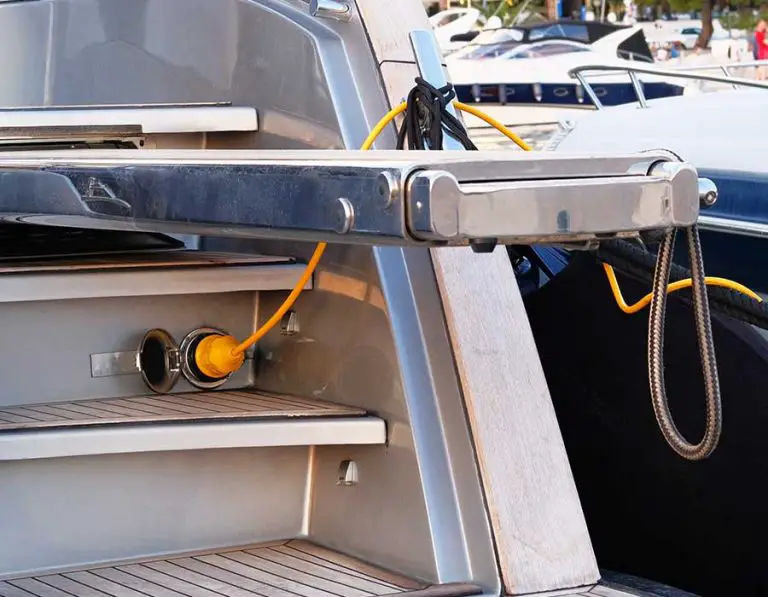What size Batteries are best for Trolling Motors?
A trolling motor is a unit that includes a rotor, electric motor, and controllers and is attached to an angler’s boat either on the bow or stern(sometimes both). This unit runs on batteries, and using the correct battery size is critical because the appropriate battery size will improve the trolling motor’s efficiency and prolong the battery life. The appropriate battery size for your trolling motor is determined by various factors, such as your usage, free space, and boat weight. So, which battery size is right for you?
Trolling motor batteries come in three different voltages: 12 volts, 24 volts, and 36 volts. However, the typical battery size of trolling motors is 12-volt and has at least 100 amp-hours. On the other hand, some trolling motor power systems demand 24volt or 36volt batteries with higher amp-hour rates. To calculate the required voltage, you must first inspect your trolling motor power supply.
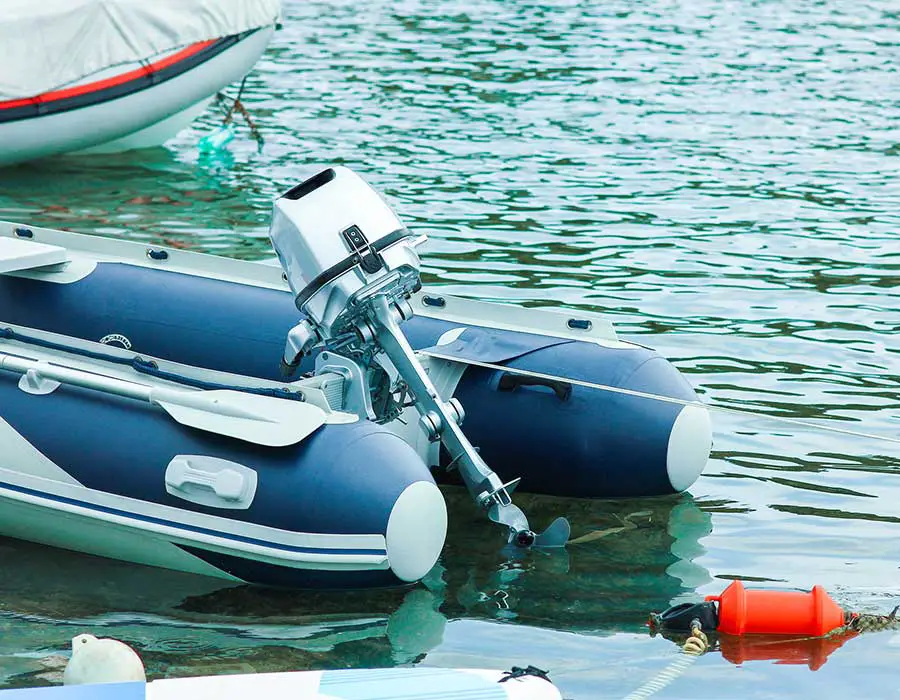
Factors to consider before choosing a battery for your trolling motors
When purchasing one, it’s essential to select a battery explicitly made for trolling motors. Marine and AGM batteries are both excellent options, and they come in a variety of sizes, so you may pick one that fits your boat. When making your decision, consider the following factors:
- The battery’s size and weight: The battery should be compact and light enough to readily fit in your boat.
- The battery amps: The more amps your battery can provide, the more powerful your motor will be.
- Recharging rate: If you’re going on a fishing trip that will last several days or weeks, you’ll need a battery with enough capacity to keep you going without needing to recharge.
- Battery cycle: This is the maximum number of times a battery can be discharged and recharged before it loses its ability to hold a charge: A trolling motor battery should be able to endure many discharges and recharges.
- The cost of the battery: Batteries can cost anywhere from $50 to over $200, so you’ll need to figure out how much you want to spend. In the long term, investing in a high-quality battery will pay off because it will live longer and require fewer replacements.
- Water and weather conditions: No additional engine power is required when the water is calm, and there is no wind. On the other hand, strong currents and wind can assist the vessel in sailing quicker down the current and wind, but sailing up water currents and wind requires considerably more effort and thrust.
- The environment in which you will use the battery: Based on the environment you will use the battery in, you’ll need a battery that can withstand different conditions without losing power. Seagrass or similar vegetation increases the vessel’s resistance, requiring more energy and propulsion to maintain the necessary trolling speed.
- Boat height: boats like kayaks that are low in water require less energy to move while the tall boats like the pontoon that are tall or not close to water need extra energy and thrust to work.
What kind of battery to use in your trolling motor?
Trolling motors can be powered by one of two batteries: 12-volt deep cycle batteries or lithium batteries. A battery that can give the required power is required for the trolling motor to function properly. If you use a battery not meant for the engine, it won’t last long and will cause issues with your motor.
Deep cycle batteries
Deep cycle batteries are designed to power electric trolling motors, RV, or solar system devices. The power delivery of deep cycle batteries is slower than that of starter batteries. It is because they are built to last for longer periods. Deep cycle batteries have fewer lead plates than starter batteries. The reserve capacity of a deep cycle battery is one of its most essential properties. The larger the reserve capacity rating, the longer it will keep your electric trolling motor running. Deep cycle trolling motor batteries are designed to provide multi-functionality, such as:
- Quick charging
- optimal performance
- Strong casing
- Long lifespan
- Little maintenance needed
Deep cycle trolling batteries are divided into two categories:
- Lead wet cell batteries are made especially for boats and trolling motors. They have a larger capacity than ordinary automobile batteries and may be discharged and recharged numerous times without losing their charge capacity. Marine batteries are also available in various sizes, allowing you to choose the appropriate match for your boat.
- Absorbed Glass Mat (AGM) batteries: possess a protective seal and are long-lasting. Compared to other batteries on the market, these batteries offer a longer lifespan. Although an AGM battery will cost you more, it will be well worth it if you do not want to compromise on quality or performance. These batteries, unlike others, do not require maintenance.
Lithium batteries
Lithium batteries are more responsive to charging and discharging conditions. Still, they come with built-in Battery Management Systems (BMS) that measure the battery’s status and, if necessary, protect it from undesirable situations such as extreme temperature and varying voltage, over-current, short-circuit, and similar conditions. Lithium rechargeable batteries are available in two types: starter (which can deliver large currents for a short period) and deep cycle. Additionally, some manufacturers offer dual-purpose lithium batteries that can deliver high currents while still withstanding severe discharge. Even though many lithium batteries are available today, the ones used as trolling motor batteries are primarily the Lithium Iron Phosphate (LiFePO4) batteries. It has a nominal voltage of 3.2V per cell and can provide 1C current consistently and maybe more for a very short time.
Is it possible to use a car battery to power a trolling motor?
An automobile battery can be used to power a trolling motor. However, it is not recommended because automobile batteries are not built for the tremendous loads that trolling motors exert on them. There are a few things to consider when using a car battery to power a trolling motor.
- The first thing to remember is that a car battery is often not suited for the continuous power output that a trolling motor requires. If you’re going to utilize a car battery for your trolling engine, make sure it can handle the increased strain.
- Another factor to consider is that it will ultimately discharge no matter how much power a car battery produces. If you’re going to use a car battery to power your trolling motor, you’ll need a way to recharge it while you’re on the water.
- Finally, double-check that the wires are in good working order and are correctly attached to both the battery and the trolling motor. It’s also critical to apply corrosion-prevention measures if there’s any danger of water getting into the connections.
What size battery do I need for a trolling motor with a 55-pound thrust?
A 55lb thrust trolling motor requires a battery with a minimum capacity of 240Ah. This battery will last approximately three hours. A battery with a greater Ah rating will last longer between charges, up to six hours. If you want a more economical trolling motor battery with a shorter operating duration, a battery with a 120Ah rating will suffice. However, keep in mind that batteries with lower Ah ratings are typically less expensive.
What size battery do I need for a trolling motor with a 40-pound thrust?
The trolling motor’s voltage determines the battery required for a 40 lb thrust trolling motor. You’ll need a 12-volt battery because most trolling motors run on 12 volts. You may also need to reference your trolling motor’s owner’s handbook to calculate the required amp-hour rating. A 120 amp-hour battery, for example, should be sufficient for a 40-pound thrust trolling motor.
Battery Maintenance for Trolling Motors
Getting the correct battery size for your trolling motor isn’t enough. If you want your trolling motor batteries to last longer, proper battery care is Important. While some batteries may not require frequent maintenance, others may need them for long-term durability. Follow the instructions below on how to maintain your battery:
- For best performance, make sure the battery is completely charged. It becomes more difficult to recharge batteries to their full capacity when left with no or low charge.
- Continuous use of the battery can constitute a sulfate build-up on the battery. To eliminate sulfate build-up from the plates of wet-cell batteries, always use a gentle washing chemical solution.
Tips for Using an Electric Trolling Motor with a Battery
Here are some battery suggestions to remember for optimal use and longer battery life in electric trolling motors:
- Never use multiple types of batteries for the same application (like using a deep cycle and cranking batteries for power delivery).
- Never combine old and fresh batteries.
- Regularly check the fluid levels in a wet-cell battery and keep them filled to the prescribed amounts.
- Keep them charged with a trickle charge in the off-season and store them somewhere cold and dry.
- Recharge the batteries as quickly as possible after each journey, as leaving them drained for an extended period might affect their performance and health.
Conclusion
The best batteries for trolling motors can vary depending on your needs. We recommend that you conduct research before purchasing because there are numerous factors to consider when determining the best option. The two most essential factors are the battery type and reserve capacity rating or amp hour rating. However, you should only use the battery types and capacities specified in your owner’s manual for your safety.

